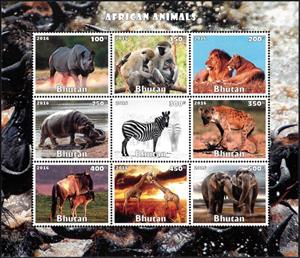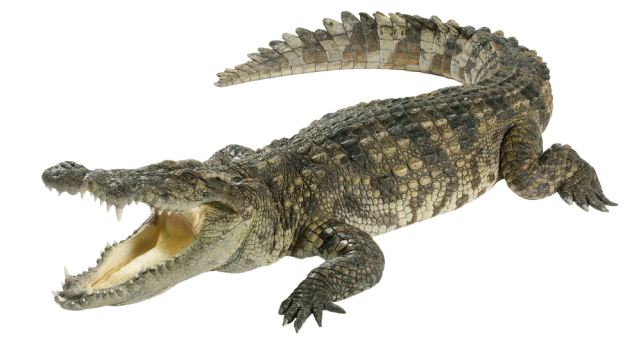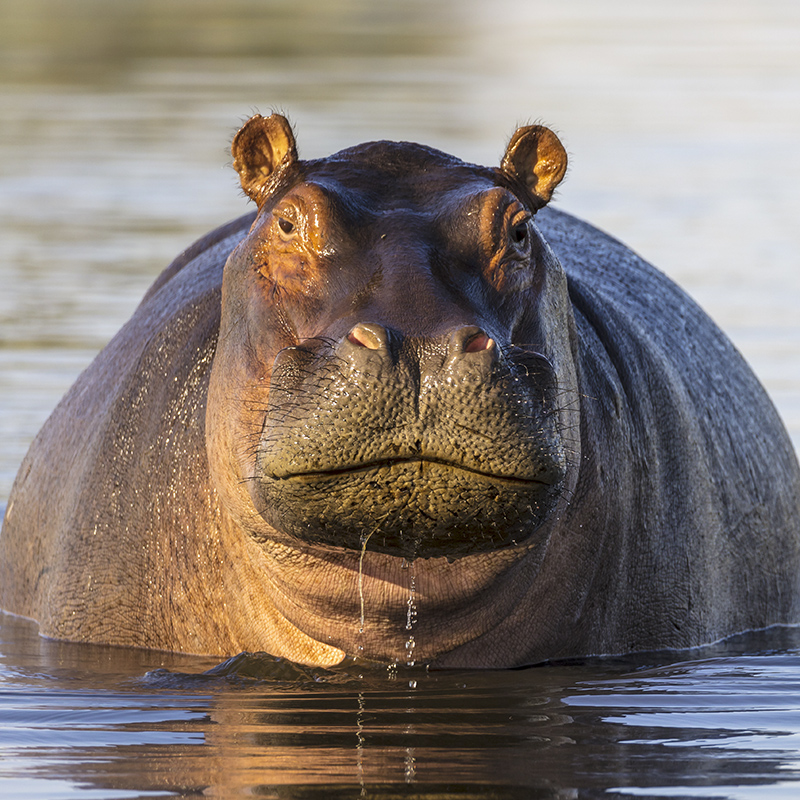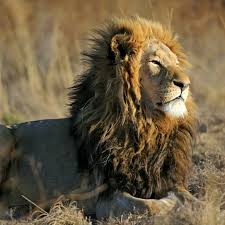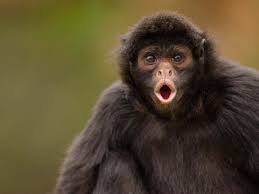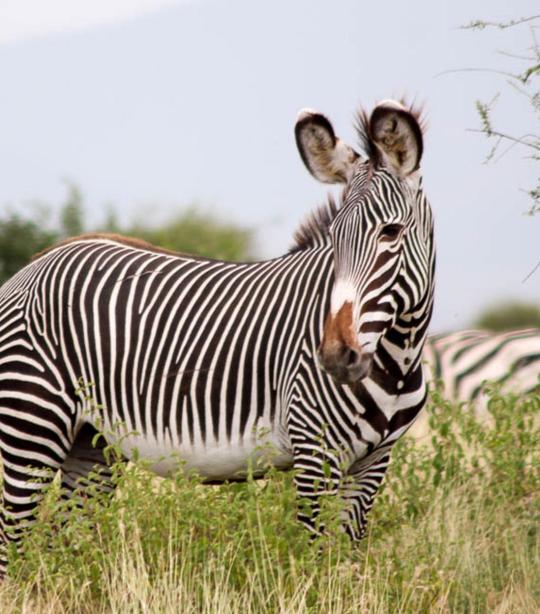Mini Sheet: African Animals (Cinderellas 2016)
African Animals (Cinderellas 2016)
01 January (Cinderellas ) within release Bhutan goes into circulation Mini Sheet African Animals face value 2,700 Bhutanese ngultrum
| Mini Sheet African Animals in catalogues | |
|---|---|
| Colnect codes: | Col: BT 2016-04 |
Mini Sheet is square format.
Also in the issue Bhutan:
- Mini Sheet - Calibri face value 2,700;
- Stamp - Owl face value 350;
- Stamp - Calibri face value 150;
- Stamp - Owl face value 250;
- Stamp - Calibri face value 500;
- Mini Sheet - Owls face value 2,700;
- Stamp - Owl face value 150;
- Stamp - Owl face value 300;
- Stamp - Calibri face value 350;
- Stamp - Owl face value 450;
- Stamp - Owl face value 150;
- Stamp - Calibri face value 300;
- Stamp - Owl face value 250;
- Stamp - Owl face value 200;
- Stamp - Owl face value 500;
- Stamp - Calibri face value 450;
- Stamp - Calibri face value 100;
- Stamp - Owl face value 100;
- Stamp - Owl face value 300;
- Stamp - Calibri face value 200;
- Stamp - Owl face value 200;
- Stamp - Owl face value 350;
- Mini Sheet - Owls face value 2,700;
- Stamp - Calibri face value 400;
- Stamp - Owl face value 450;
- Stamp - Owl face value 400;
- Stamp - Calibri face value 250;
- Stamp - Owl face value 500;
- Stamp - Owl face value 100;
- Stamp - Owl face value 400;
- Stamp - Wild Animals face value 400;
- Mini Sheet - Turtles face value 2,700;
- Stamp - Lizard face value 500;
- Stamp - Lizard face value 300;
- Stamp - Primates face value 200;
- Stamp - African Animals face value 500;
- Stamp - Dog face value 100;
- Stamp - Dog face value 500;
- Stamp - Wild Animals face value 300;
- Stamp - African Animals face value 250;
- Mini Sheet - Wild Animals face value 2,700;
- Stamp - Wild Animals face value 500;
- Stamp - Primates face value 150;
- Stamp - African Animals face value 200;
- Stamp - Turtle face value 250;
- Stamp - Turtle face value 450;
- Stamp - Lizard face value 150;
- Stamp - Primates face value 100;
- Stamp - Wild Animals face value 350;
- Stamp - Primates face value 450;
- Stamp - Dog face value 150;
- Stamp - Lizard face value 450;
- Stamp - African Animals face value 400;
- Stamp - African Animals face value 150;
- Stamp - Turtle face value 100;
- Stamp - Dog face value 350;
- Stamp - African Animals face value 300;
- Stamp - Dog face value 400;
- Stamp - Wild Animals face value 450;
- Stamp - Turtle face value 300;
- Mini Sheet - Lizards face value 2,700;
- Stamp - African Animals face value 450;
- Stamp - Lizard face value 350;
- Stamp - Primates face value 300;
- Stamp - Wild Animals face value 250;
- Stamp - Dog face value 450;
- Stamp - Lizard face value 200;
- Stamp - Dog face value 200;
- Stamp - Dog face value 250;
- Stamp - Primates face value 500;
- Stamp - Turtle face value 200;
- Stamp - Turtle face value 500;
- Stamp - Wild Animals face value 200;
- Stamp - African Animals face value 100;
- Stamp - Lizard face value 400;
- Stamp - Dog face value 300;
- Stamp - African Animals face value 350;
- Stamp - Lizard face value 250;
- Stamp - Turtle face value 150;
- Stamp - Turtle face value 350;
- Mini Sheet - Dogs face value 2,700;
- Mini Sheet - African Animals face value 2,700;
- Stamp - Lizard face value 100;
- Stamp - Primates face value 350;
- Mini Sheet - Primates face value 2,700;
- Stamp - Wild Animals face value 100;
- Stamp - Turtle face value 400;
- Stamp - Primates face value 400;
- Stamp - Wild Animals face value 150;
- Stamp - Primates face value 250;
- Mini Sheet - Snakes face value 2,700;
- Stamp - Snakes face value 100;
- Stamp - Snakes face value 150;
- Stamp - Snakes face value 200;
- Stamp - Snakes face value 250;
- Stamp - Snakes face value 300;
- Stamp - Snakes face value 350;
- Stamp - Snakes face value 400;
- Stamp - Snakes face value 450;
- Stamp - Snakes face value 500;
Mini Sheet African Animals it reflects the thematic directions:
Animals are multicellular, eukaryotic organisms of the kingdom Animalia (also called Metazoa). All animals are motile, meaning they can move spontaneously and independently, at some point in their lives. Their body plan eventually becomes fixed as they develop, although some undergo a process of metamorphosis later on in their lives. All animals are heterotrophs: they must ingest other organisms or their products for sustenance.
Crocodiles (family Crocodylidae) or true crocodiles are large semiaquatic reptiles that live throughout the tropics in Africa, Asia, the Americas and Australia. The term crocodile is sometimes used even more loosely to include all extant members of the order Crocodilia, which includes the alligators and caimans (family Alligatoridae), the gharial and false gharial (family Gavialidae) among other extinct taxa.
The hippopotamus (Hippopotamus amphibius; /ˌhɪpəˈpɒtəməs/; pl.: hippopotamuses), often shortened to hippo (pl.: hippos), further qualified as the common hippopotamus, Nile hippopotamus and river hippopotamus, is a large semiaquatic mammal native to sub-Saharan Africa. It is one of only two extant species in the family Hippopotamidae, the other being the pygmy hippopotamus (Choeropsis liberiensis or Hexaprotodon liberiensis). Its name comes from the ancient Greek for "river horse" (ἱπποπόταμος).
Лев (Panthera leo) — крупный представитель семейства кошачьих рода Panthera, обитающий в странах Африки к югу от Сахары и Индии. У него мускулистое тело с широкой грудью, короткая округлая голова, круглые уши и тёмный пучок волос на кончике хвоста. У него ярко выражен половой диморфизм: взрослые самцы крупнее самок и имеют густую гриву. Это социальный вид, образующий группы, называемые прайдами. Львиный прайд состоит из нескольких взрослых самцов, родственных самок и детёнышей. Группы львиц обычно охотятся вместе, охотясь в основном на средних и крупных копытных. Лев — высший и ключевой хищник.
Mammals are any vertebrates within the class Mammalia (/məˈmeɪli.ə/ from Latin mamma "breast"), a clade of endothermic amniotes distinguished from reptiles (including birds) by the possession of a neocortex (a region of the brain), hair, three middle ear bones and mammary glands. All female mammals nurse their young with milk, secreted from the mammary glands. Mammals include the largest animals on the planet, the great whales. The basic body type is a terrestrial quadruped, but some mammals are adapted for life at sea, in the air, in trees, underground or on two legs. The largest group of mammals, the placentals, have a placenta, which enables the feeding of the fetus during gestation. Mammals range in size from the 30–40 mm (1.2–1.6 in) bumblebee bat to the 30-meter (98 ft) blue whale. With the exception of the five species of monotreme (egg-laying mammals), all modern mammals give birth to live young. Most mammals, including the six most species-rich orders, belong to the placental group. The largest orders are the rodents, bats and Soricomorpha (shrews and allies). The next three biggest orders, depending on the biological classification scheme used, are the Primates (apes and monkeys), the Cetartiodactyla (whales and even-toed ungulates), and the Carnivora (cats, dogs, seals, and allies).
Monkey is a common name that may refer to most mammals of the infraorder Simiiformes, also known as simians. Traditionally, all animals in the group now known as simians are counted as monkeys except the apes. Thus monkeys, in that sense, constitute an incomplete paraphyletic grouping; however, in the broader sense based on cladistics, apes (Hominoidea) are also included, making the terms monkeys and simians synonyms in regard to their scope.
Zebras (US: /ˈziːbrəz/, UK: /ˈzɛbrəz, ˈziː-/) (subgenus Hippotigris) are African equines with distinctive black-and-white striped coats. There are three living species: Grévy's zebra (Equus grevyi), the plains zebra (E. quagga), and the mountain zebra (E. zebra). Zebras share the genus Equus with horses and asses, the three groups being the only living members of the family Equidae. Zebra stripes come in different patterns, unique to each individual. Several theories have been proposed for the function of these patterns, with most evidence supporting them as a deterrent for biting flies. Zebras inhabit eastern and southern Africa and can be found in a variety of habitats such as savannahs, grasslands, woodlands, shrublands, and mountainous areas
